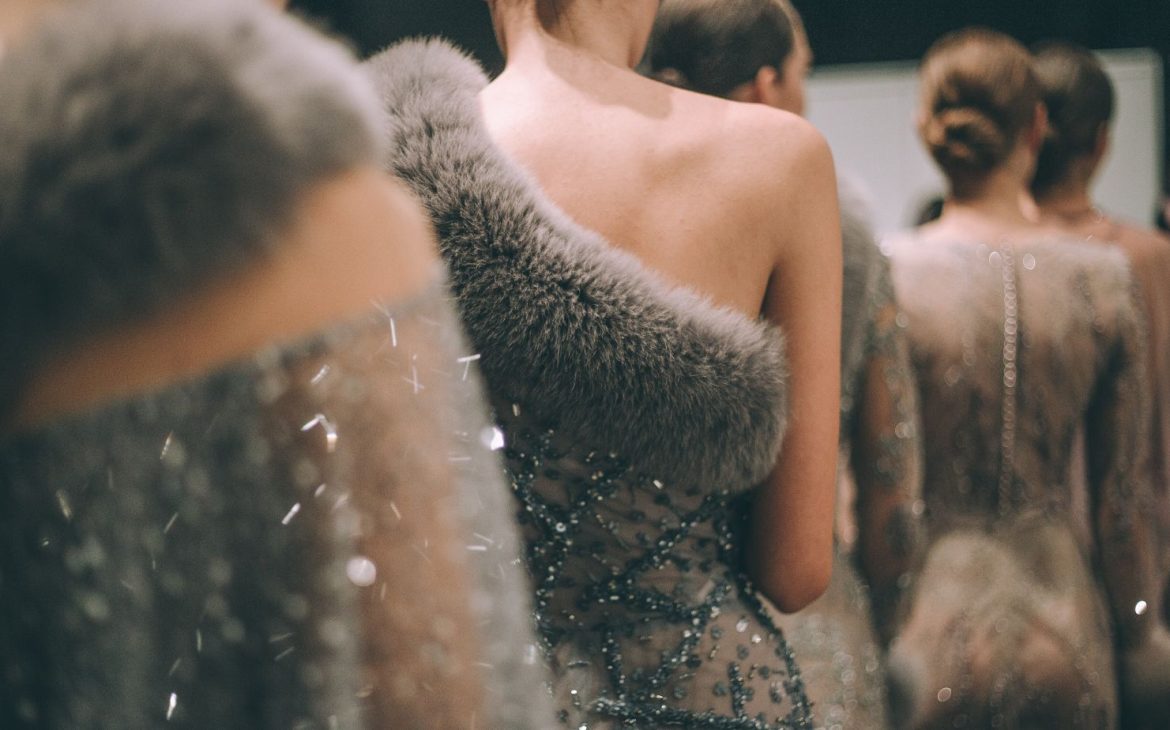
First things first, let’s start with the basics. What is fashion forecasting, you ask? Well, it’s the process of predicting upcoming fashion trends by analyzing data and trends from previous seasons, as well as cultural, social, and economic factors. This allows fashion industry professionals to make informed decisions about what styles, colors, and fabrics will be in demand in the future.
But fashion forecasting is more than just crunching numbers and analyzing data. It’s also about tapping into the cultural zeitgeist and understanding what people are feeling and experiencing. As a fashion icon, Coco Chanel once said, “Fashion is not something that exists in dresses only. Fashion is in the sky, in the street. Fashion has to do with ideas, the way we live, what is happening.”
So, how do fashion forecasters stay ahead of the curve? Well, it all starts with trend research. They pour over fashion magazines, runway shows, street style blogs, and social media to identify emerging trends and spot patterns. They also keep an eye on other industries, such as technology, entertainment, and art, to see how these fields are influencing fashion.
But fashion forecasting isn’t just about identifying trends; it’s also about understanding the context in which those trends are emerging. That’s why fashion forecasters also pay close attention to cultural and societal factors, such as politics, economic conditions, and social movements. For example, during times of economic uncertainty, people tend to gravitate toward classic styles and neutral colors, while during times of social change, they may embrace bold, expressive fashion.
Once fashion forecasters have identified upcoming trends, they work with designers, manufacturers, and retailers to develop products that meet consumer demand. This involves everything from choosing fabrics and colors to designing silhouettes and styles. The goal is to create products that not only reflect current trends but also resonate with consumers and capture the spirit of the moment.
Of course, no matter how much research and analysis goes into fashion forecasting, there’s always an element of unpredictability. Trends can emerge unexpectedly, and consumer tastes can be fickle. That’s why fashion forecasting is as much an art as it is a science. It requires creativity, intuition, and a willingness to take risks and experiment.
But at the end of the day, fashion forecasting is about more than just predicting trends and selling clothes. It’s about capturing the spirit of the times and reflecting the culture and society in which we live. As fashion icon Alexander McQueen once said, “Fashion should be a form of escapism and not a form of imprisonment.” And that’s exactly what fashion forecasting aims to do: to offer us a way to express ourselves, have fun, and escape the everyday.
So there you have it: fashion forecasting in all its witty, creative glory. Whether you’re a fashion industry insider or just a lover of clothes, it’s an exciting and ever-evolving field that’s sure to keep us on our toes. So, go ahead and embrace your inner fashionista – who knows, you might just be the one to predict the next big trend!

